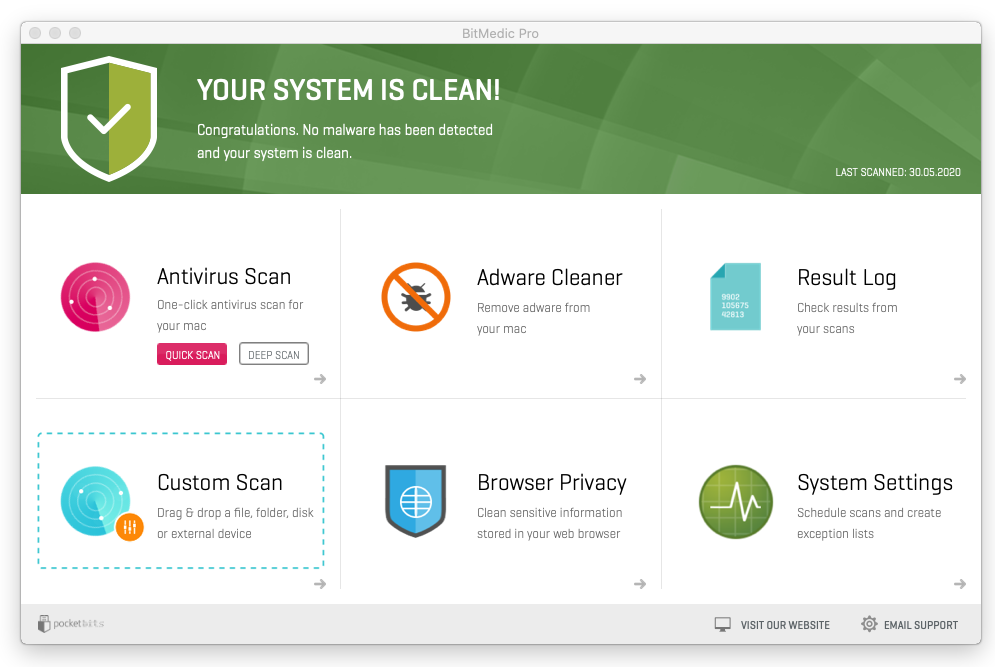

- #Antivirus agents for mac manual
- #Antivirus agents for mac registration
- #Antivirus agents for mac software
- #Antivirus agents for mac mac
Most vendors use locally cached, incrementally updated signatures that are stored on each of the protected devices. Timely consistently updated signatures are one of the most important aspects of endpoint security solutions.
#Antivirus agents for mac registration
If registration requires more steps for environments with single-image management, include these steps in your image sealing instructions, preferably as a fully automated script. Recommendation: Ask your security vendor how is the registration/unregistration of their agents implemented. Some vendors offer integration with hypervisors or even delivery controllers where machines can be automatically created or deleted as they are provisioned.
#Antivirus agents for mac manual
In more dynamic environments, it is also important to understand how de-provisioning of machines behaves, if cleanup is a manual operation, or if it is performed automatically. Registration in non-persistent environments is often done using a startup script that automatically restores machine identification data from a persistent location. To prevent conflicting registrations, each machine needs to generate a unique identifier. Others use the more traditional approach of a random string generated during installation.
#Antivirus agents for mac mac
Some vendors use dynamic information such as the MAC address or computer name for machine identification.

With machines provisioned from a single image using technologies such as Provisioning Services (PVS) or Machine Creation Services (MCS), it is important to understand how each agent is identified - and if there are any instructions required for virtualized environments. For registration to be successful, each agent needs to be uniquely identifiable.
#Antivirus agents for mac software
Agent RegistrationsĪgent software that is installed on every provisioned virtual machine usually needs to register with a central site for management, reporting of status and other activities. Citrix also recommends that organizations engage their antivirus and security teams to review the following guidelines before proceeding with any type of production deployment. Citrix does not recommend implementing any of these exclusions or optimizations until rigorous testing has been conducted in a lab environment to thoroughly understand the tradeoffs between security and performance. However, the following guidelines typically represent the best trade-off between security and performance. It is important to understand that antivirus exclusions and optimizations increase the attack surface of a system and might expose computers to various security threats. Warning! This article contains antivirus exclusions. Consult them to get more specific recommendations. Successful implementation of these recommendations depends upon your antivirus vendor and your security team. In this Tech Paper, we cover a few major topics relevant to optimal antivirus deployments in virtualized environments: agent provisioning and deprovisioning, signature updates, a list of recommended exclusions and performance optimizations. It can result in various issues, ranging from performance issues or degraded user experiences to timeouts and failures of various components. Incorrect antivirus configuration is one of the most common problems that we see in the field. This article provides guidelines for configuring antivirus software in Citrix Virtual Apps and Desktops environments, and resources for configuring antivirus software on other Citrix technologies and features (for example, Cloud Connectors, Provisioning Services, and so on).


 0 kommentar(er)
0 kommentar(er)
